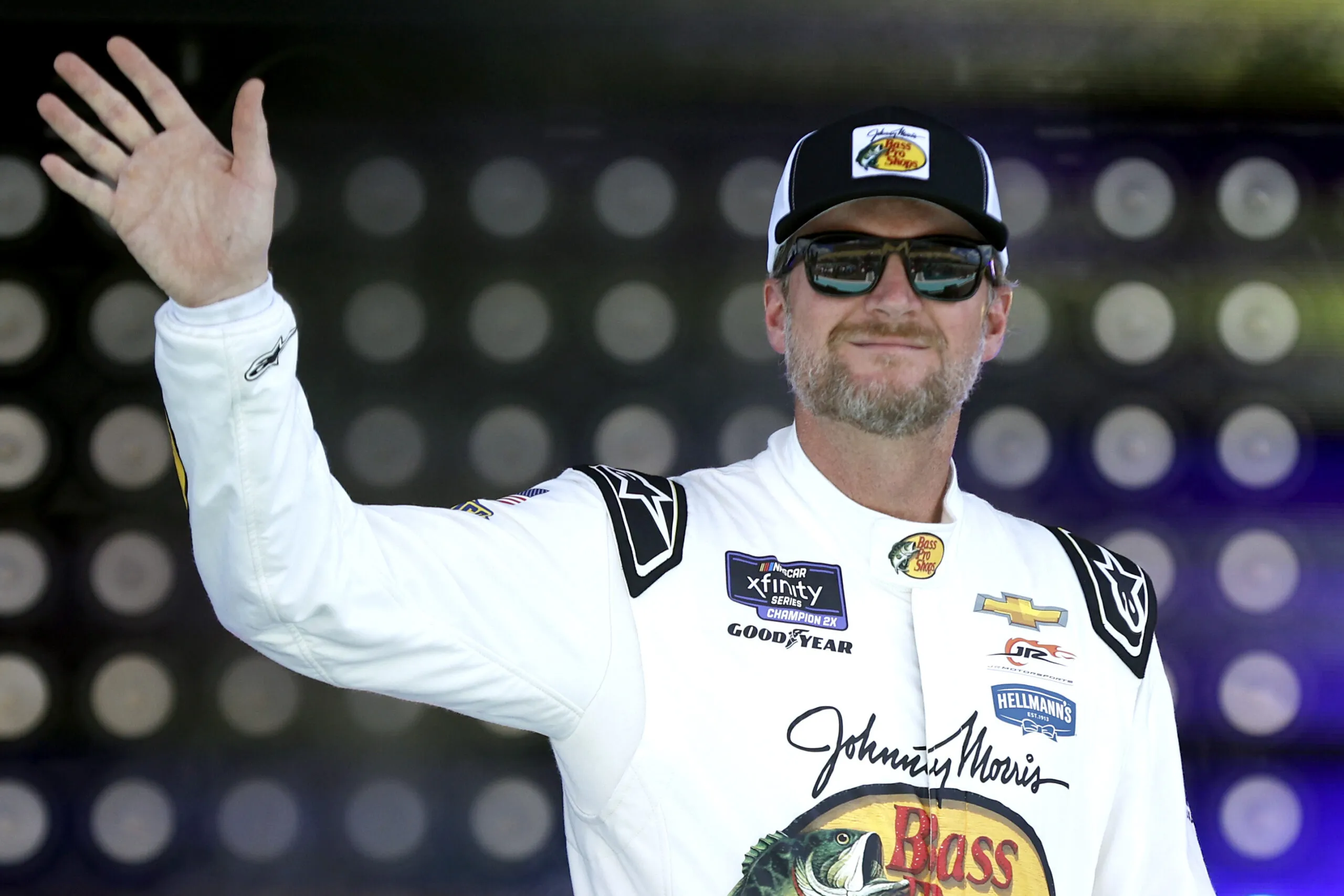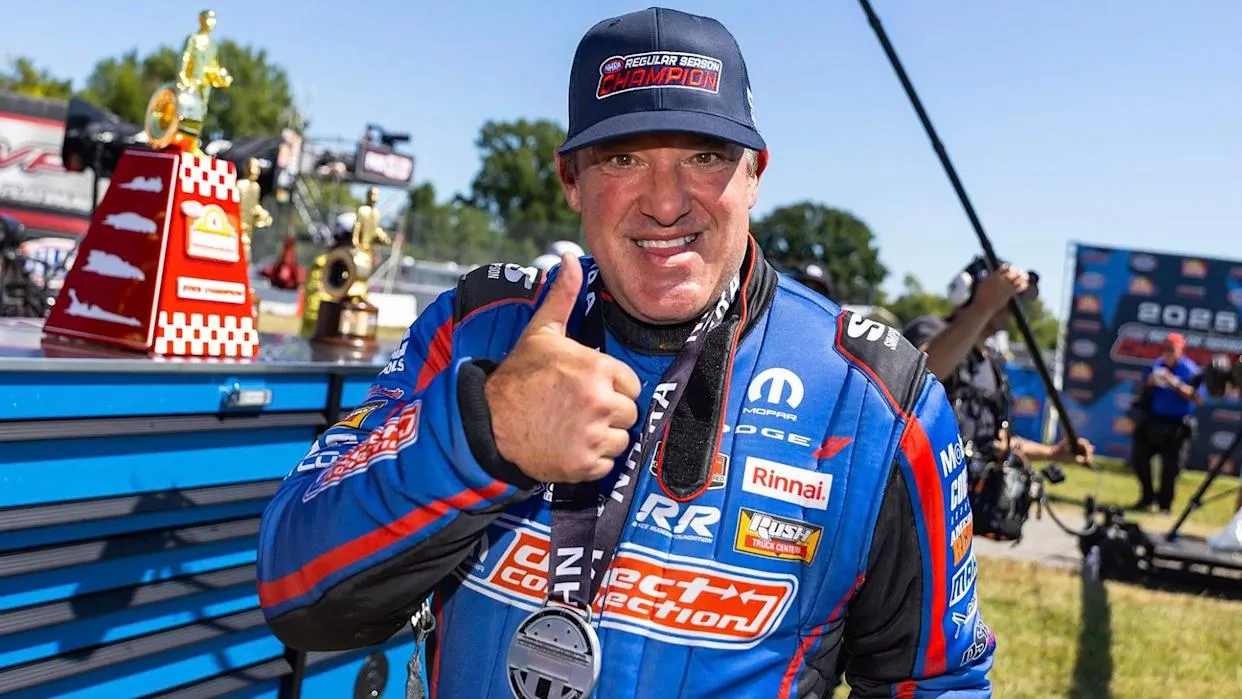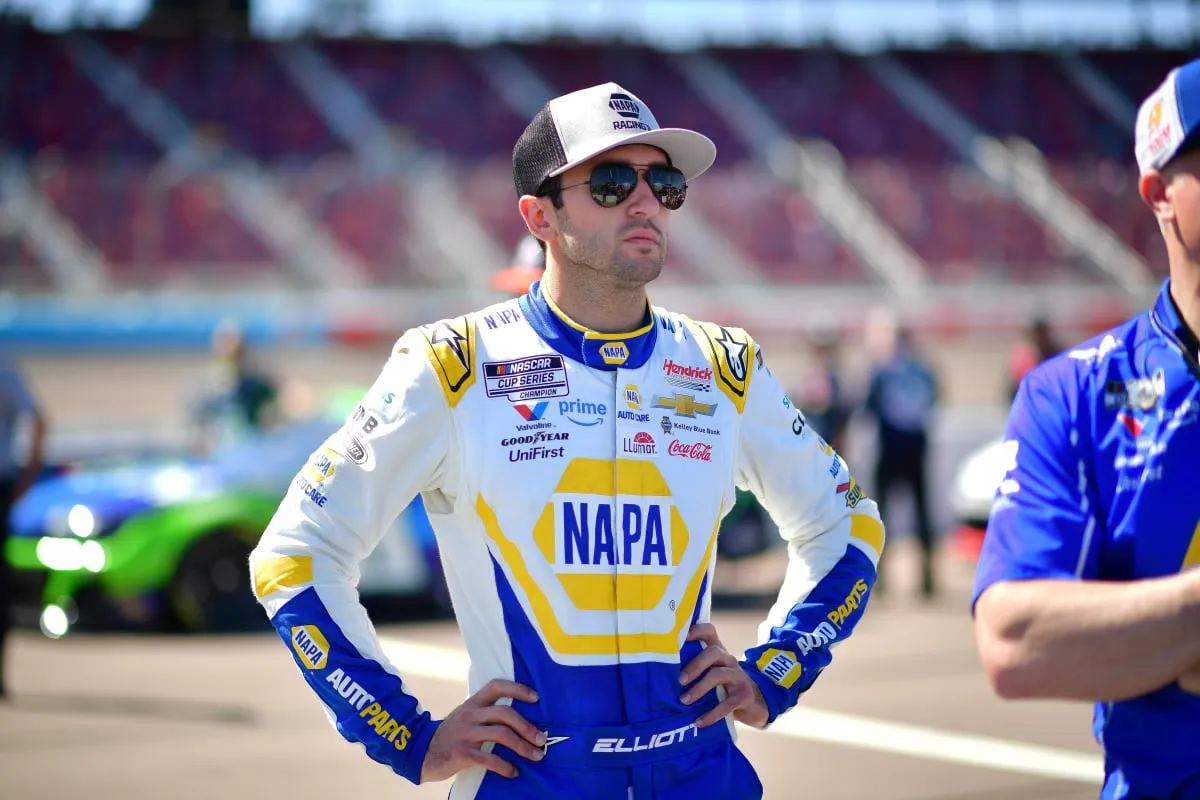
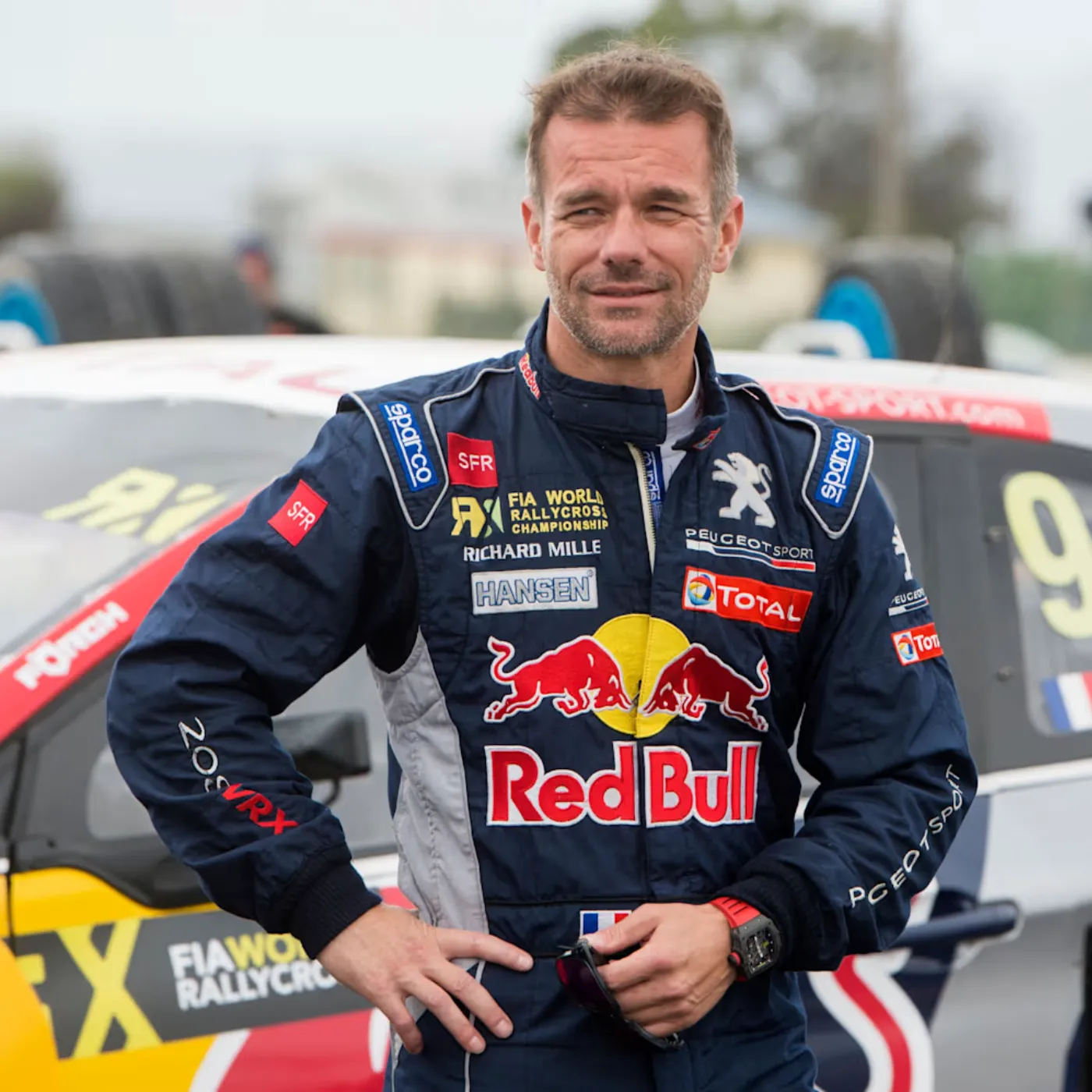
“He Was Untouchable… Until It All Came Crashing Down”—What Happened to Sébastien Loeb Shocked Everyone
For years, he was the benchmark. The one driver everyone else measured themselves against. Sébastien Loeb, the quiet force from France, didn’t just win races—he dominated them with calm, robotic precision. On every surface, in any condition, Loeb proved he could not only adapt but also conquer.
He made greatness look routine. Rally after rally, season after season, he operated on another level—one that defied logic and expectation. So when things began to unravel, it didn’t just surprise fans—it shook the very foundation of what many believed was possible in motorsport.
Because the truth is, Sébastien Loeb didn’t just lose his edge overnight. He didn’t crash out in a blaze of scandal. He faded. Slowly. Publicly. Gracefully. And painfully.
What happened to him wasn’t a fall from grace—it was a slow erosion of near-perfection. And that’s exactly what makes his story even more remarkable.
The rise of a rally titan
The world first noticed Sébastien Loeb in the late 1990s, when a former gymnast from Alsace began winning national rallies in France with a calm, clinical approach that seemed almost unnatural. Most young drivers enter the sport with flashes of brilliance and reckless abandon. Loeb entered like a surgeon. Methodical. Smooth. Terrifyingly efficient.
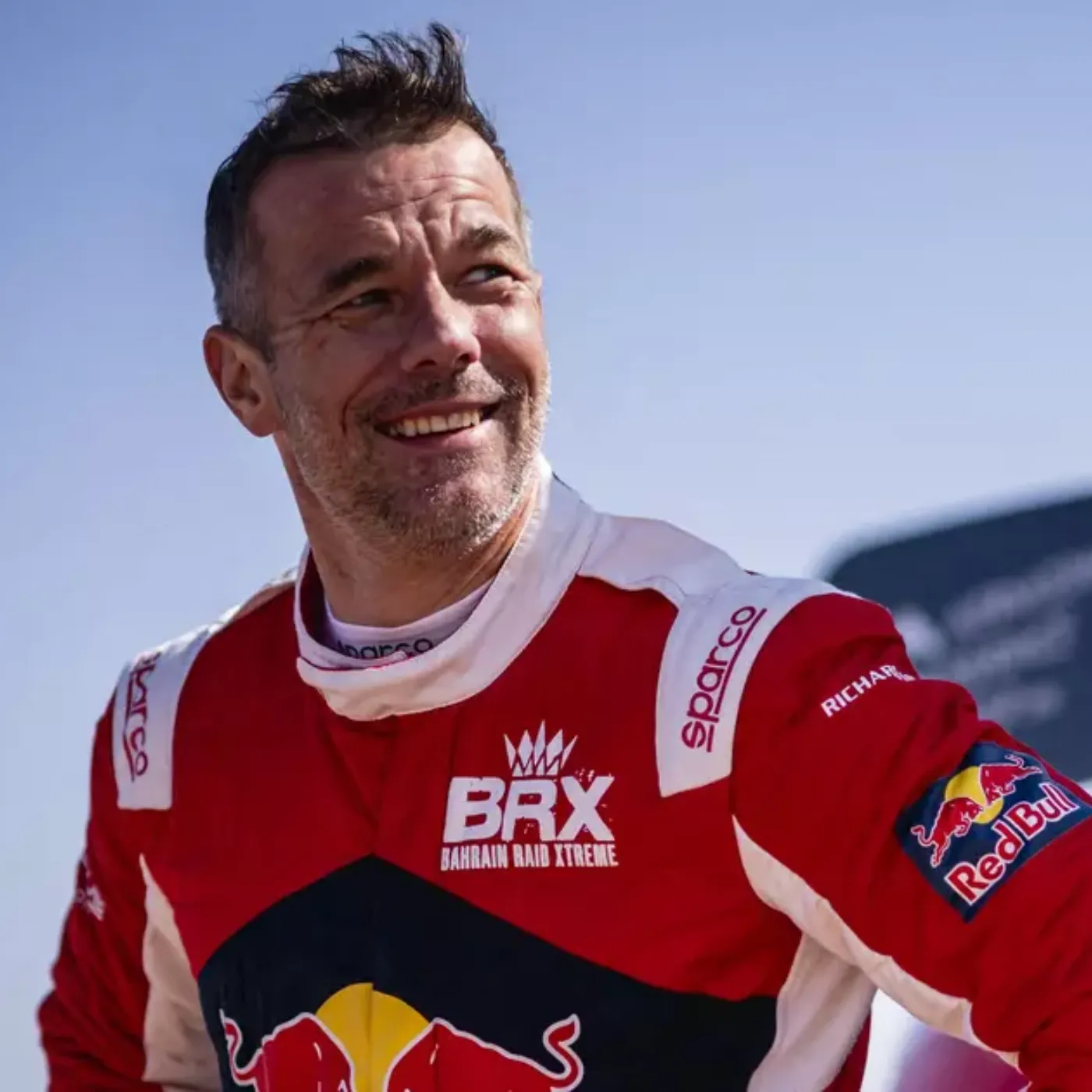
In 2002, he secured his first WRC win. By 2004, he had already become world champion. What followed wasn’t just dominance—it was a redefinition of rallying. From 2004 to 2012, Loeb won nine straight World Rally Championship titles. Nine. No other driver in WRC history has done it, and few believe anyone ever will again.
His driving was a masterclass in minimalism. No wasted movement. No overdriving. He made rallying—arguably the most chaotic motorsport discipline—look like a perfectly choreographed dance.
Snow, gravel, asphalt, rain—none of it mattered. Loeb and his co-driver Daniel Elena always looked in control.
Redefining what dominance looks like
By the mid-2000s, the phrase “Loeb wins again” became as predictable as sunrise. He was beating everyone everywhere: in Monte Carlo, in Argentina, and in Finland. And while some fans began to see it as boring, true motorsport lovers saw it as historic.
Loeb’s unique ability to adapt his driving style to every terrain—and every car—was unmatched. Even his fiercest rivals acknowledged that there was simply no way to rattle him. If you wanted to beat him, you had to be perfect. And most of the time, even that wasn’t enough.
In 2008, he won 11 out of 15 rallies in the season. It wasn’t even close. And the scary part? He made it look easy.
But behind that cool composure was a competitor as fierce as any. Loeb hated losing. And that hunger, combined with his intelligence, made him nearly impossible to beat.
The transition away from WRC
After securing his ninth consecutive title in 2012, Sébastien Loeb made the decision to step away from full-time WRC competition. He was 38, still at the top of his game, but eager for new challenges.
And so began the next chapter of his career—one that would take him across multiple racing disciplines.
First came the World Touring Car Championship, where he immediately became competitive despite never racing in that format before. Then, he stunned the world with his record-breaking performance at Pikes Peak in 2013, ascending the mountain in just 8:13—obliterating the previous record and reminding everyone that Loeb wasn’t just a rally driver. He was a once-in-a-generation talent.
He tested a Formula One car. He competed in rallycross. He even flirted with Le Mans. No matter where he went, he was fast.
But there was one event that kept pulling him back: Dakar.
The Dakar curse
The Dakar Rally is not just a race. It’s an odyssey across some of the harshest terrain on Earth. And for many great drivers, it’s been a graveyard of dreams.
For Sébastien Loeb, it became an obsession.
He debuted in 2016 and immediately proved he could compete with the best. He won stages. Led overall. He showed the same calm brilliance that made him a WRC legend. But Dakar is cruel. Punctures, navigation mistakes, and mechanical issues plagued his efforts time and time again.
In 2017, he came heartbreakingly close—finishing second overall. In 2022, he did it again, finishing second behind Nasser Al-Attiyah. But it was 2023 that left fans questioning everything.
Loeb was older, wiser, and racing for Bahrain Raid Xtreme—a team that had poured resources into making him a Dakar champion. This was supposed to be the one. But it didn’t happen.
The unraveling
The 2023 Dakar Rally started with promise. Loeb looked sharp, the car looked fast, and expectations were sky-high. But almost immediately, things began to fall apart.
Mechanical issues. Navigation setbacks. And a series of brutal punctures that cost him hours. He was fighting, but the rally was fighting back harder.
Despite the setbacks, he put on a masterclass in the second week—winning six consecutive stages, setting a record for stage wins in a single Dakar. But the time lost early on was too great. Once again, he finished second.
And this time, something had changed.
He wasn’t angry. He wasn’t devastated. He was quiet. Reflective. Even philosophical.
It felt like the end of something.
Time wins in the end.
No driver can race forever—not even Sébastien Loeb. At 50, he’s still incredibly sharp. Still fit. Still capable of beating anyone on his day. But motorsport is ruthless. Reflexes slow. Motivation shifts. And new generations rise.
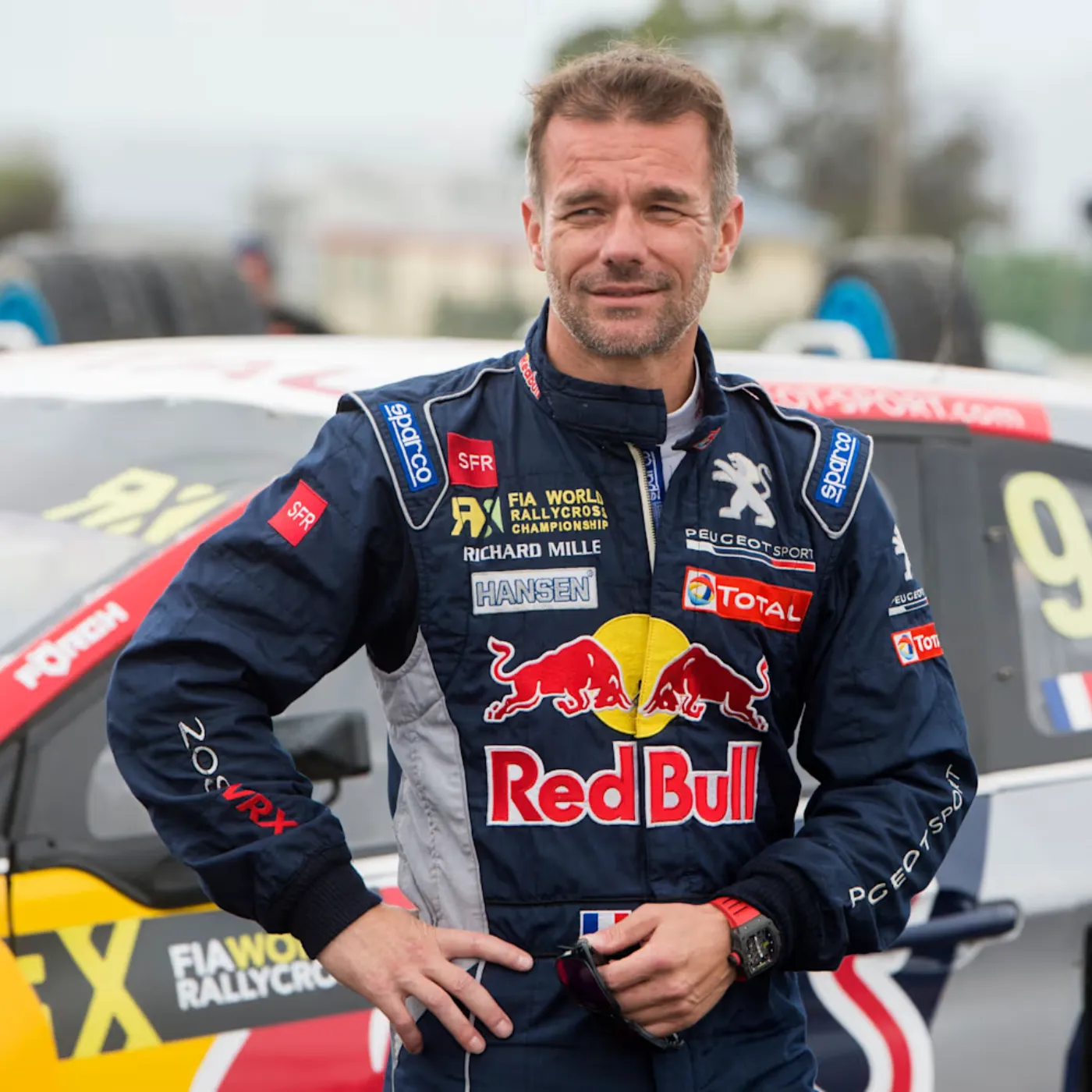
The WRC has changed. So has Dakar. Younger drivers, hybrid tech, satellite-based navigation—everything is different now. What Loeb perfected in the 2000s is no longer the winning formula in 2020s rallying.
He’s not incapable. But he’s no longer untouchable.
And for a man who built his legend on being flawless, that’s a difficult reality.
A different kind of inspiration
What’s striking about Loeb’s recent years isn’t the struggle—it’s the dignity.
He hasn’t lashed out. He hasn’t clung to the past. He hasn’t blamed others. He continues to show up, push hard, and chase perfection—not because he has to, but because it’s who he is.
Fans see that. And for many, that quiet resilience is more powerful than any record.
When young drivers talk about their heroes, they talk about Loeb—not just because he won, but because of how he carried himself when he didn’t.
Should he retire?
That’s the question now swirling around the motorsport world. Should Loeb walk away? Should he give Dakar one more shot? Should he call time on one of the greatest careers ever?
No one knows the answer but Loeb himself.
Some fans argue he’s earned the right to stop on his own terms. Others believe there’s still one more epic moment left. Either way, his legacy is untouchable.
He is, and will always be, the standard.
What happened to Sébastien Loeb?
It wasn’t a fall. It wasn’t failure. It was evolution.
A transition from the man who couldn’t lose to the man who keeps going—even when winning isn’t guaranteed. Even when the world is watching him struggle.
And in that struggle, he’s become more human. More relatable. More legendary.
Because in the end, what happened to Sébastien Loeb is what happens to everyone—but very few handle it with the same grace, resilience, and quiet power.








